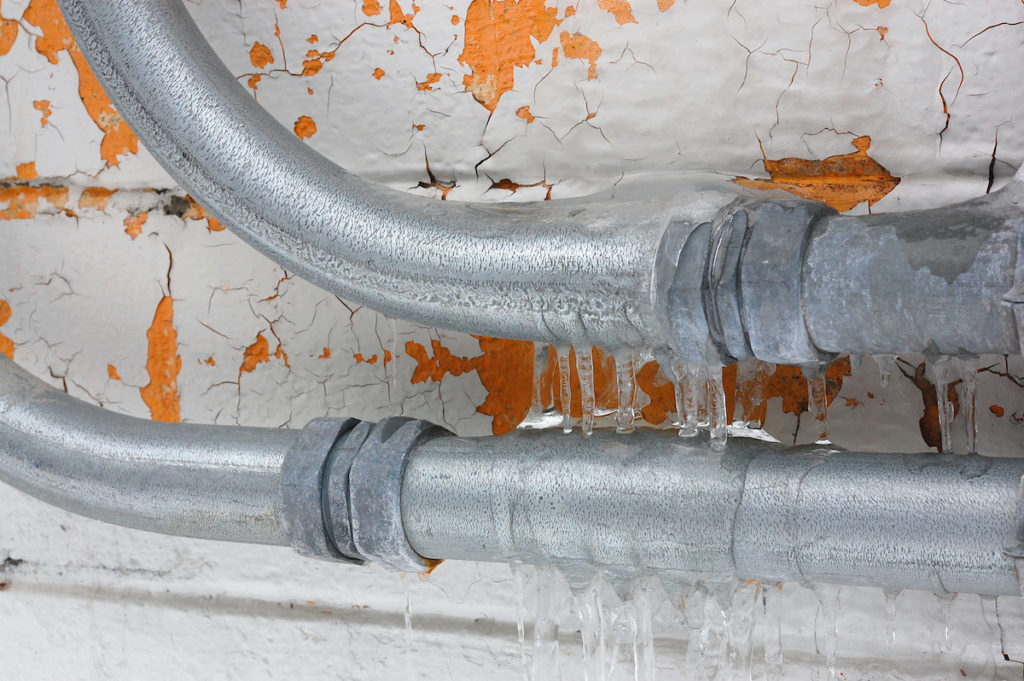When opting to renovate parts of your home yourself, you will inevitably run into problems that require practical knowledge about piping, specifically copper pipes.
Some things to know are building duct vents, installing gas lines, or replacing sections of your plumbing system. Having actionable knowledge about these useful components helps you make better decisions when looking for the best kind of copper pipe, threading machine, or pipe stands in Australia.
Don’t know how to differentiate copper pipes in terms of diameter and thickness? Allow this list to shed more light.
Type M Copper Pipe
Primarily, there are four kinds of copper pipes used for a variety of purposes. Type M, as well as Type L, is probably the most common kind you’ll see in hardware stores. A type M copper pipe, with its label printed in red, has the thinnest wall among copper pipe types, at .028 inches, and is only available in hard temper.
That makes the type M copper pipe the most popular choice because it’s made with less material, thus costing less, and its thin wall can be generally used in most residential fittings. That includes general plumbing and vacuum systems.
Type L Copper Pipe
The most common choice among copper pipes is the type L copper pipe. It’s because of its wall thickness that measures at .040 inches, which makes it the ideal candidate for most residential and commercial projects. The type L is sold in either soft or hard temper and can be identified by its blue label.
When you’re installing sturdy HVAC systems, then this might be the most efficient kind of copper pipe to use. It’s also the better option when installing gas lines and commercial plumbing because of its thicker walls and its soft temper make that allows multiple pipes to be joined together either by brazing or soldering.

Type K Copper Pipe
The type K copper pipe’s wall thickness measures at .049 inches, making it the thickest kind of copper pipe and the most utilized when strength and protection are the project’s priority. Type K copper pipes are labeled with a green mark and are made available in either soft or hard temper.
Because of its strength, the type K copper pipe is usually the standard choice for the relay of oxygen and other positive-pressure medical gases. It’s also the recommended type for fire protection, solar energy, and the transportation of most fuel oils, liquefied petroleum, and natural gas.
Copper DWV Pipe
Copper DWV piping used to be the staple in many residences that are decades old before the other classifications of copper pipes were ushered in. That is because it has the lightest wall thickness and thinnest wall section of all types of copper piping. It also has a low-pressure rating of only 15 psi at most.
This means copper DWV pipes are only suitable for above-ground and unpressurized applications, such as drains, vents, or waste gullies. Even in these projects, other kinds of pipes, such as cast iron or PVC plastic tubing, tend to be favored. Nonetheless, if you’re looking for a lightweight and cheap solution for your piping projects, DWV copper pipes are labeled with a light orange or yellow in supply stores.
While these are the standard choices for copper piping, other territories also implement different classifications as well as standard designations for specific uses, like for refrigeration or air conditioning. Be sure to check applicable local codes before starting your piping projects.




